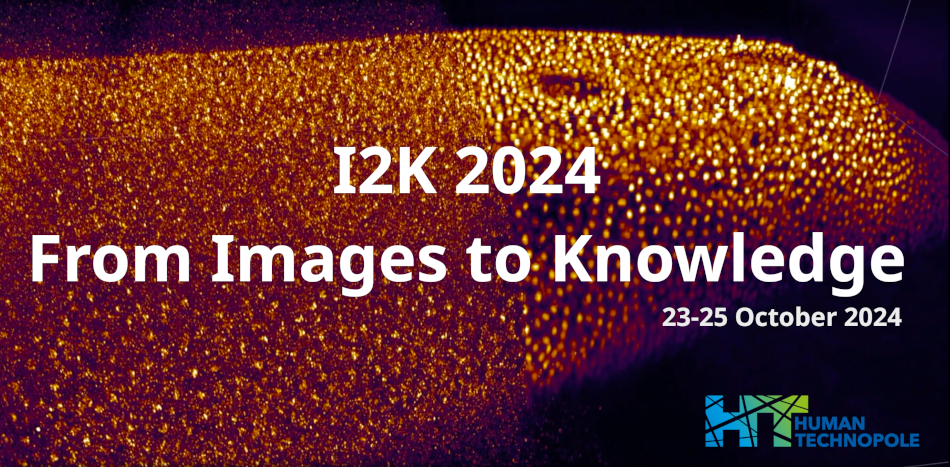Speaker
Description
Scalable integration of high throughput open-source image analysis software to quantify pancreatic tissue remains elusive. Here we demonstrate an integration of Cellpose, Radial Symmetry-Fluorescent In Situ Hybridization (RS-FISH), and Fiji for a per cell assessment of mRNA copy number after RNA in-situ hybridization (RNAscope). Pipeline performance was tested against murine pancreata probed for B lymphoma Mo-MLV insertion region 1 homolog (Bmi1) mRNA at different time points following caerulein-induced pancreatitis to ascertain the correlation between Bmi1 expression in acinar cells and tissue recovery. Previously, no descriptive, publicly developed pipeline was equipped to address the morphologic heterogeneity associated with acinar cells, staining quality, and variation in appearance of subcellular objects. This novel pipeline leverages the segmentation and machine learning capabilities of Cellpose, the diversity of RS-FISH subcellular detection parameters, and versatility of Fiji to integrate various data outputs. The utilization of scripted automation generates a remarkably efficient synchrony of software strengths. In alignment with the pipeline’s guiding principles, integration of other specialized software to produce uniquely dynamic data remains innately possible.
| Authors | Nur Muhammad Renollet*, Joyce K. Thompson, PhD; Kamen Panayotov; Emily Wu, BS; Osama Alkhalili, BS; Nina Steele, PhD; Padma Kadiyala, PhD; Jamie N. Mills, MD PhD; Filip Bednar, MD PhD |
|---|---|
| Keywords | Open-source, Segmentation, Subcellular detection, Automation |

